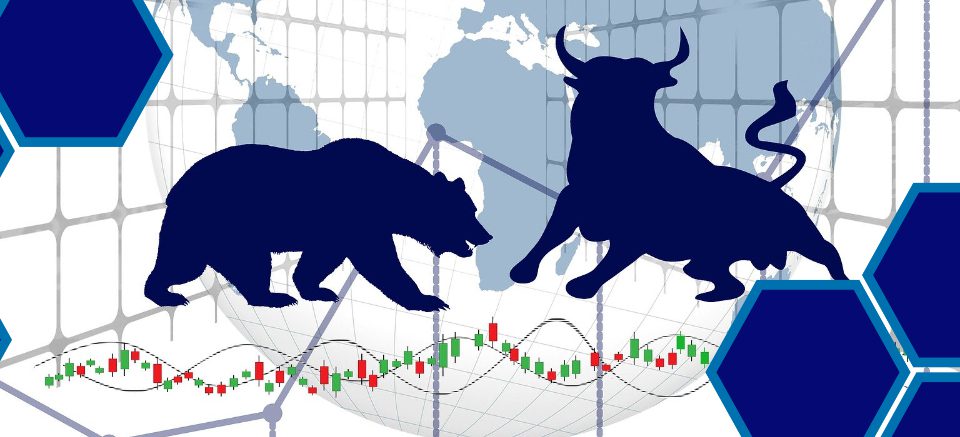- Contact us
- +599-9 461 4545
- info@dcsx.cw
What’s in a Bond? Part 1

What’s in a Stock? Part 2
February 13, 2018
What’s in a Bond? Part 2
February 13, 2018What’s in a Bond? Part 1

Publication 14. 2017
“The individual investor should act consistently as an investor and not as a speculator.”
Benjamin Graham
Bonds. Why are they considered less risky than stocks? Why are they more likely to be recommended for first-time traders? What are investment grade bonds and how are they different from junk bonds? Well, if you have asked any of those questions, let’s delve in to find out more!
Bonds are debt investments; they are not equity investments like stocks. Ownership of a bond from a company does not give you any rights to ownership of that company. Instead, a bond is an investment where the investor lends money to the borrower for a specified period of time at an agreed interest rate. The interest rate which is sometimes referred to as the coupon, can be a fixed rate or a variable rate and is normally the reward or fee you get for foregoing the use of your money to give it to someone else to use. Additionally, the borrower is obligated to pay back the monies borrowed – termed the face value – at the end of the time period, which is referred to as the maturity date. Bonds are normally issued for a term of about 5 years and greater – sometimes for 100 years or even into perpetuity! Debt instruments that have shorter time frames are usually called bills or money market securities (less than one year) or notes.
Bonds can be issued by the government which normally uses the proceeds to cover the country’s budgetary expenses or at times by a company to cover company related expenses. When bonds are issued by strong and financially healthy companies, say Google or by some Governments for e.g. the USA, then those bonds are referred to as Investment Grade Bonds. As you can imagine, these bonds do not reward investors with high-interest rates as it is believed that the issuers will be able to pay back the money easily when it is time to do so. Because they are not considered as risky, their returns are usually low – according to their lower risk. Then there are junk bonds, these are bonds that are normally issued by companies that have low ratings and are considered to have poor financial health. Similarly, given the higher risk you are taking when you buy these bonds, so too should be your returns. As such, these junk bond are also called high yield bonds.
On average, however, bonds are considered lower risk purchases for investors and are usually sought after by risk averse investors or when you are starting off in the investment world. And rightly so. If a company is to go bust, then the owners of the bonds must be paid first before the shareholders of the same company.
Most times, however, newbies in investment believe that low risk means no risk. Especially, if the investor opts to buy a government bond. However, I shall say this… No investment is risk-free! There is no such thing as free lunch. In my opinion, the main risk associated with bonds is: default risk – the risk that the borrower will not be able to pay you back your money at maturity. So, it is critical that you choose your bonds wisely, by reviewing closely the financial condition of the entity issuing the bond.
Join us for the next publication where we will share some tips for trading bonds.
This editorial is presented to you by the DCSX with the collaboration of Vertex Investments.
Author of this publication: Stephanie Shaw CFA, MBA.




